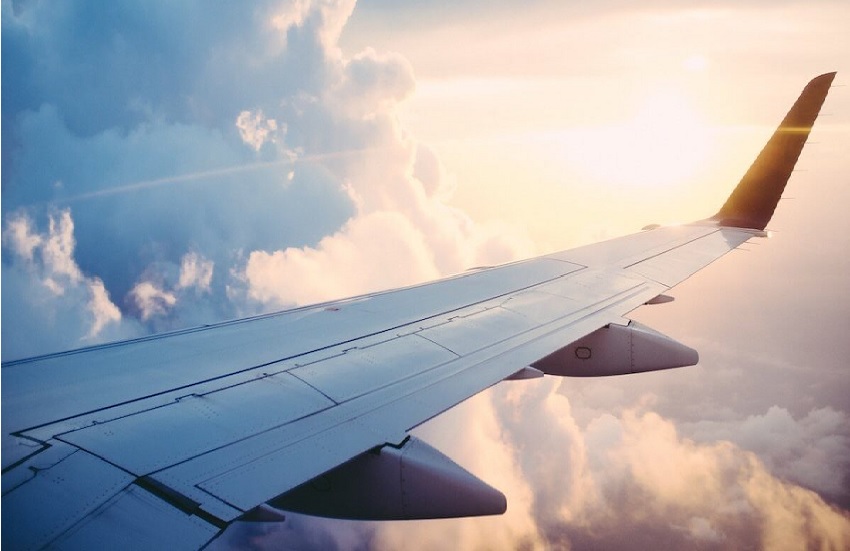USC researchers 3-D-printed the next-generation of high strength, lightweight structures that can autonomously heal impact damage
Airplanes are behemoths of the sky; a commercial airliner is over 6,000 times as heavy as a large Canadian goose. At 500 mph, however, these behemoths are not impervious to impact, even from the seemingly innocuous goose. Such damage can result in a range of issues, from fluctuations in air pressure and altitude.
USC researchers have developed a new material that could fix such impact damage in the air, as soon as it occurs. The team, led by Qiming Wang, Stephen Schrank Early Career Chair and assistant professor in the Sonny Astani Department of Civil and Environmental Engineering, created 3-D lattice structures—structures that feature repeating cells—that will autonomously recover from impact damage, first restoring the structure’s original shape and then healing the fatal fractures or breaks in the material.
“Traditionally, lattice structures, while lightweight, have low damage tolerance, meaning if there is impact, it will easily spread, eventually compromising the structure. The material we created has high damage tolerance,” Wang said.
The new material is characterized by high strength and stiffness. Unlike traditional self-healing materials, Wang said, in the event of a fracture, no manual intervention is required. “You do not have to push the fractured pieces back together to allow for healing of the material,” Wang said. “The shape memorization characteristic of our new material means the fractured pieces will align themselves back to the original shape autonomously, prior to beginning healing of the individual bonds.”
The researcher team includes: USC Viterbi Ph.D. students Kunhao Yu, Haixu Du, An Xin, Kyung Hoon Lee, and Zhangzhengrong Feng; Professor in the Sonny Astani Department of Civil and Environmental Engineering Sami F. Masri; Professor in the Daniel J Epstein Department of Industrial and Systems Engineering Yong Chen; and University of Missouri Department of Mechanical and Aerospace Engineering Professor Guoliang Huang. Their work was published in Nature journal NPG Asia Materials.
Read the rest of the story, What If Airplanes Could Repair Their Own Damage?, which first appeared on USC Viterbi News.
